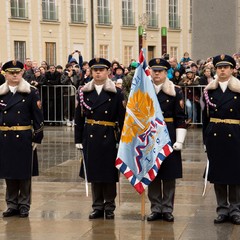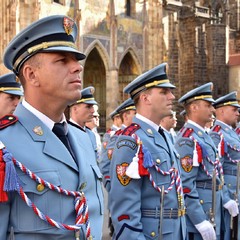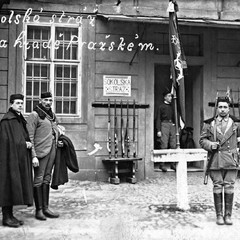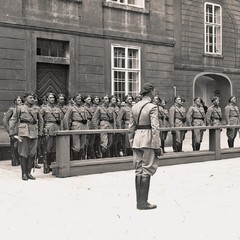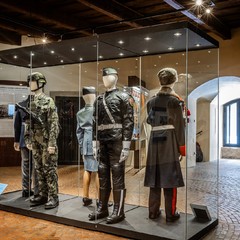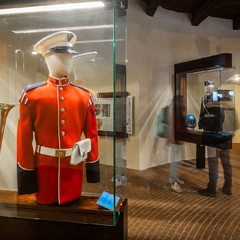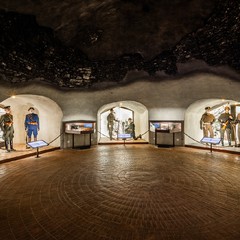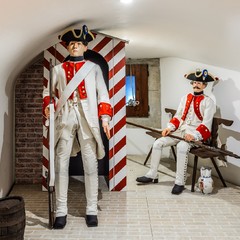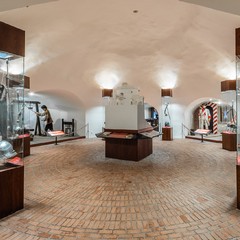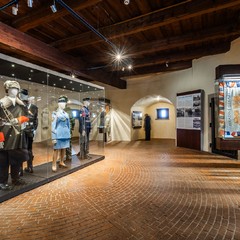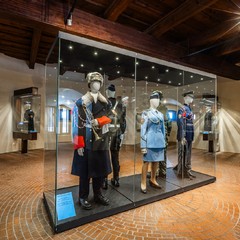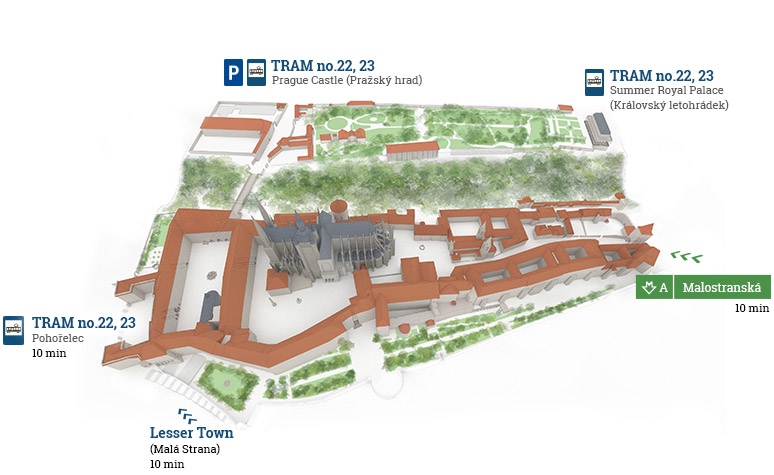Powder Tower - Mihulka
The exhibition, located on three floors of the dusty Mihulka Tower, presents the history and present of the Castle Guard and the historical development of its predecessors. Visitors will be guided through the history through a series of exhibits and period scenes. There is also one of the symbols of the rebirth of the Castle Guard after November 1989, the now legendary BMW K75 motorcycle that accompanied state visits after Václav Havel was elected president.
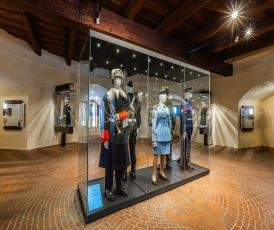
After the establishment of the independent state of the Czechs and Slovaks in 1918, the new republic lacked power bases, especially the army. However, the collapse of Austria-Hungary in the last days of the war caught the representatives of the most important federal organization, the Czech Sokol Society, off guard. The Sokols entered the history of the nascent state by, among other things, assuming the honorary role of guarding Prague Castle.
In connection with the expected return of President T. G. Masaryk from exile, however, the situation had to be resolved in the long term. On December 6, 1918, the High Command ordered that the Czechoslovak Infantry Regiment No. 28 would immediately build one infantry company. On this day the Castle Guard was formed. It performed full guard duty at the residence of the head of state and also fulfilled the role of an honorary military unit with special assignment for welcoming important personalities. In May 1929, the Castle Guard introduced historicist uniforms based on the uniforms of the Czechoslovak legions in France, Italy and Russia.
After the occupation of the republic by German troops on 15 March 1939, the 1st Battalion of the Government Army of the Protectorate of Bohemia and Moravia took over its tasks. However, the direct legal continuity of the Castle Guard was maintained by the guard group of the President of the Republic in exile in Great Britain. Between 1945 and 1948, the Castle Guard was again built according to the model used during the years of the First Republic. During the communist regime, the Castle Guard lost its elite character and became a token unit of the Ministry of the Interior. The events of 17 November 1989 and the subsequent socio-political changes brought the Castle Guard completely new tasks and status.
From his first days as President, Václav Havel was concerned with the future development of the army. He started the organisational changes directly at the Castle, i.e. at the Castle Guard. As early as 30 January 1990, the Federal Assembly passed a law on the Castle Guard, which thus returned to the position it had held in 1918-1938. Today, the Castle Guard is an independent part of the Armed Forces of the Czech Republic and worthily follows the tradition of the Czechoslovak Legions.
The exhibition was prepared by the Prague Castle Administration, the Military Historical Institute Prague and the Castle Guard.

